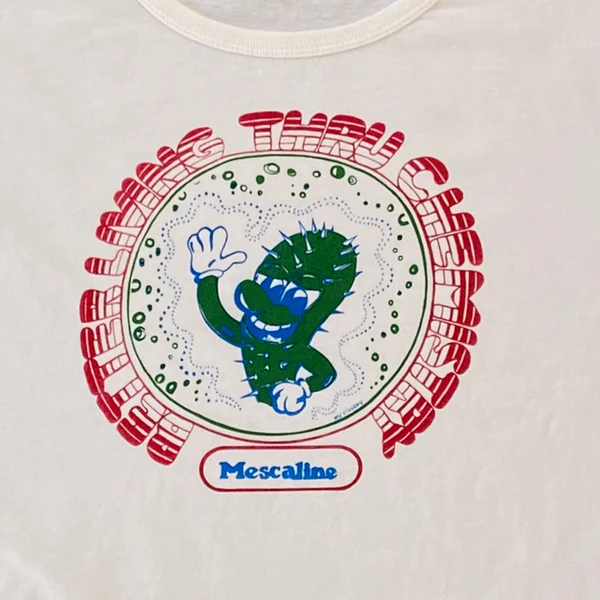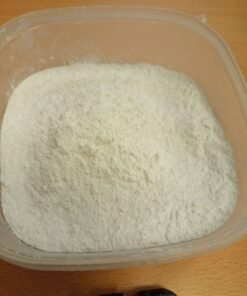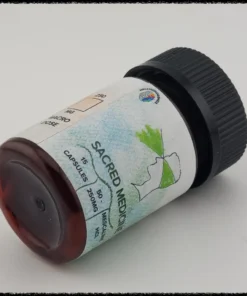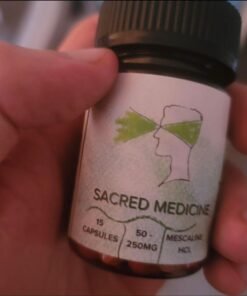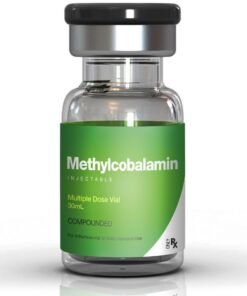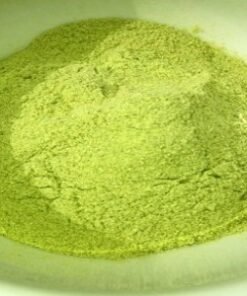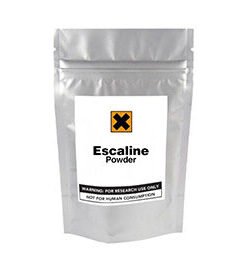MESCALINE
To purchase mescaline online, go to buymescaline.com. The top of the cactus is chopped off in traditional peyote preparations, leaving behind the large tap root and a ring of green photosynthetic area where new heads can grow. These heads are then dried to make disc-shaped buttons. Chew the buttons or soak them in water and eat them to receive the benefits. However, due to its harsh taste, modern consumers often powder the cactus and put it in capsules to avoid tasting it. The usual human dosages are 200–400 mg of mescaline sulfate or 178–356 mg of mescaline hydrochloride. The average 76 mm (3.0 in) peyote button contains about 25 milligrams of mescaline.
What Is the Duration of Mescaline?
Mescaline can be used to treat a variety of illnesses, such as alcoholism and depression. However, the drug’s designation as a Schedule I forbidden substance under the Convention on Psychotropic Substances limits its availability to researchers. As a result, since the early 1970s, comparatively little research has been conducted on mescaline’s action, potential therapeutic uses in humans, and dosage.
What is Mescaline
First off, the Peyote (Lophophora williamsi), a little, spineless cactus, is the source of mescaline, a psychedelic hallucinogen. Mescaline-producing cacti include the San Pedro cactus, the Peruvian flame cactus, and others. It is present in certain members of the Fabacede (bean family) and can be synthesized.
Mescaline Effects
Humans have also been using hallucinogens for hundreds of years, primarily for religious ceremonies and festivities. Using mescaline causes rich visual hallucinations. Since the beginning of recorded history, peyote has been a part of traditional religious rites for Native Americans in the southwestern United States and northern Mexico. It has similar effects to other hallucinogenic chemicals such as psilocybin (found in magic mushrooms) or LSD.
Mescaline Drug For Sale
Mescaline is not just used recreationally but also as a supplement to many types of meditation and psychedelic therapy. Due to its Schedule I classification, it is illegal in the United States in all forms, including peyote, although it is allowed in certain Native American Church-approved religious ceremonies!Schedule I drugs are known to be highly susceptible to abuse, have no established medical use in US therapy, and are not known to be safe to take under a doctor’s supervision.
Purchase mescaline in Europe, buy mescaline powder online, buy mescaline in Amsterdam, buy mescaline in Berlin, buy mescaline in London, buy mescaline in Paris, buy mescaline in Madrid, Catalonia, Rome, buy mescaline in Dublin, buy cactus extracts, buy mescaline nearby, where to buy mescaline, order mescaline online, find mescaline online, buy mescaline UK, buy mescaline USA, buy mescaline Netherlands, buy mescaline Canada, buy mescaline Australia, buy mescaline in Europe, how to obtain mescaline, how to take mescaline, how to extract mescaline from San Pedro, microdos mescaline, what does mescaline mean, street name, and is mescaline legal?
Best Selling Products
San Pedro Cactus Mescaline
This cactus is referred to as the PC (Predominant Cultivar) San Pedro Cactus in the United States. This suggests that it is the San Pedro Cactus variety that is more commonly cultivated for aesthetic reasons. Another name for Trichocereus riomizquensis is a San Pedro hybrid or pachanot. It is commonly known as San Pedro Cactus and is an excellent variety for any garden, landscape, or collection.

Buy Mescaline Powder Online
When mescaline is naturally produced, the fruit or button-shaped seeds that grow on the outside of the cactus are taken off, dried, and then eaten or sliced, boiled, and consumed as tea. These buttons can also be smoked with tobacco, or dried and ground into an off-white powder. Not much research has been done on the effects of mescaline use. Only a few little research have been conducted on its using patterns, overdose danger, and effects on mental health, though. There are some significant findings from the research. Users could have experiences that are either fictitious or unfounded in reality. Although hallucinations are a frequent adverse effect of drugs that produce hallucinations,
Buy Mescaline Hcl From Lophophora Williamsi Cactus
In hot, arid areas where they can survive with little or no rainfall, desert plants thrive. The desert biome is characterized by high temperatures, a lack of rainfall, and soil that is loaded with sand or stones. Plants adapted to the desert need to be able to store moisture in their succulent leaves or have a deep root system. Cacti are the most common desert plants, but other plants that can flourish there include succulents, desert trees, grasses, and other small shrubs and floral bushes. How is mescaline administered?
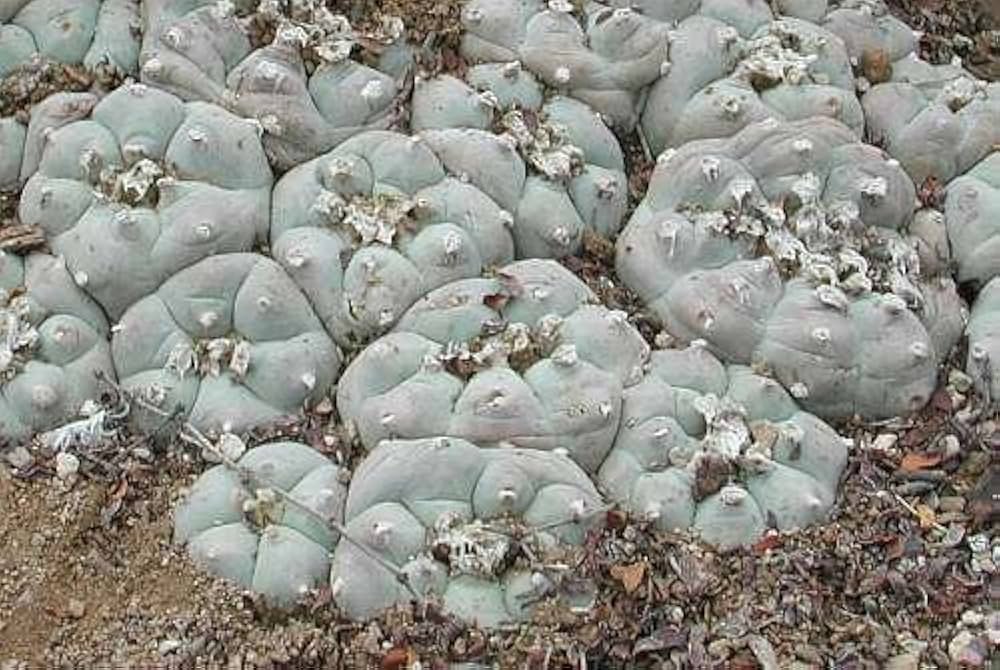
Use in Pregnancy
According to the National Institute of Drug Abuse (NIDA), researchers have found that mescaline found in peyote may affect the fetus of a pregnant woman using the drug.5
Treatment
The FDA has not approved any pharmaceuticals to treat mescaline or other hallucinogenic drug misuse. Symptom management and supportive care are key components of mescaline overdose treatment. To assess the effectiveness of behavioral therapy for these substances, more research must be done.4.
HISTORY OF MESCALINE
Aldous Huxley’s The Doors of Perception helped mescaline gain popularity in the middle of the 20th century, and the term “psychedelic” was later created to characterize it. However, its history goes back to prehistoric times, as the first Andean tribes portrayed mescaline-containing cacti in their temples.
Is Mescaline Addictive
In 1897, mescaline was separated from the peyote cactus, which Europeans had first come into contact with during the Spanish conquest of Mexico. In the 20th century, it was employed by psychiatrists seeking to treat schizophrenia, psychologists attempting to unravel the mysteries of consciousness, spiritual searchers ranging from Aleister Crowley to the head of the Church of Jesus Christ of Latter-day Saints, and artists examining the creative process. Peyote, however, was essential to the preservation and development of Native American identity. This fascinating account of mescaline’s varied lives draws from botany, pharmacology, anthropology, and the mind sciences. It also explores the experiences of individuals such as Hunter S. Thompson, Walter Benjamin, and William James.
